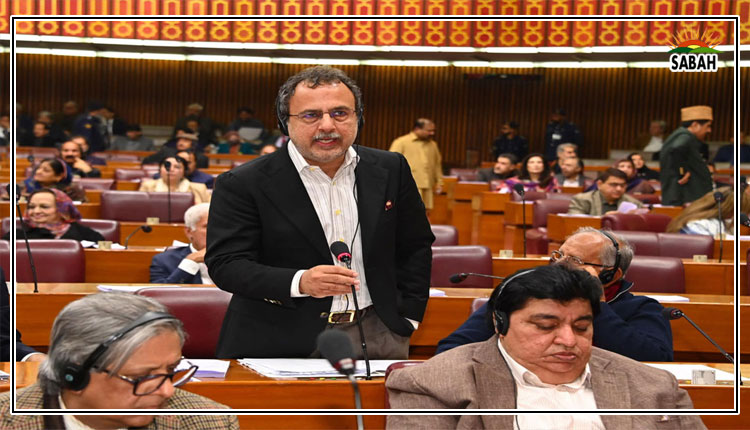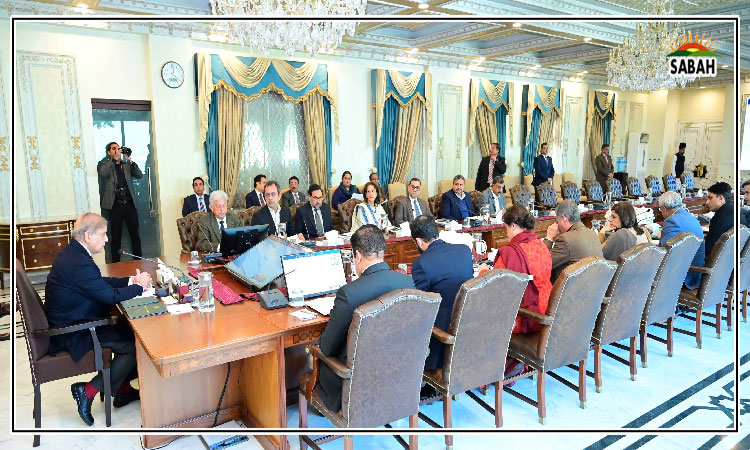Urban flooding and Lahore…Faaiz Gilani
Lahore, the second largest city in Pakistan, is familiar with the catastrophic phenomenon of urban flooding. Last year, July was the wettest month the city faced since 1961, with approximately 177.6 mm of rainfall, exceeding the average by more than 181%. That said, it is time for policymakers to dwell on whether they are ready to adopt necessary measures to counter the effects of climate change and ensure cities can tackle what they are to face.
The unpredictability of rainfall and its duration, owing to climate change, adds to the dilemma of urban flooding that most cities of Pakistan face regularly. Therefore, an analytic approach for improved planning is necessary. There is a need to estimate the impact of rainfall, the timeline for monsoon rain, annual rainfall and distribution within the city. While Lahore receives somewhere between 600 and 700 mm of annual rainfall, this is not excessive considering the other cities of Pakistan. With Lahore more vulnerable to urban flooding, there is a need to understand the factors that make rainfall such a hazard. The city receives most of its rainfall from June to September, with the rest of the year relatively dry. Therefore, the intensity of the rain is high, with climate change aggravating the issue by not only making the city warmer but also inducing extremes in precipitation.
While the threat is even more significant now, the history of Lahore is tainted with unprecedented damage caused by rain, with authorities helpless in most situations. The city is no stranger to rain-related havoc in the form of lives lost, submerged houses, water-borne diseases and electricity breakdowns.
Although nature is responsible to an extent for the disaster, the citys urban planning is also at fault. The agglomeration economy of Lahore has led to an increase in the citys size, with rural to urban migration increasing the citys population. To cater to the growing housing need, land is being cleared of trees, with a report suggesting that Lahore has lost 16% of its greenery over the last twenty years. Housing societies spawned all across the city. Without trees holding the soil, blockage of drains became an even more frequent phenomenon, with WASA claiming that the sewage system caters to only 80% of the population. Before calling for an improvement in infrastructure, how about learning to improve the efficiency of the existing systems first?
For an analytic approach to counter the threat of natural disasters, information and data is of paramount significance. The Pakistan Meteorological Department regularly publishes reports which are presented to various institutions for timely action. While the task is difficult owing to the unpredictability factor brought by climate change, the department has already published a comprehensive report on how monsoon rains are getting more and more extreme each year. Such information provides policymakers with foresight to prepare for means to tackle the possible hazard and make well-informed decisions.
While urban flooding means inundation across the city, the extent to which people suffer is linked to their social class and the localities they reside in. Governments are more likely to cater to the elites first rather than the poor. Post-rain response of the authorities is much quicker in case of those residing in posh areas than those in derelict ones.
Given the unpredictable rainfall patterns, there is a dire need to devise a strategy to prevent climate-induced events from turning into catastrophe. Therefore, policymakers need to address the issues at the heart of this debate by formulating policies and ensuring protection to the rain-stricken people, starting from the most vulnerable segments. For starters, tree plantation is pivotal as well as regulating construction. Moreover, public awareness campaigns on how citizens own actions contribute to the hazards of urban flooding is the need of the hour. This all would put the authorities in a much better position to deal with monsoon rains and mitigate peoples sufferings.
Courtesy The Express Tribune












